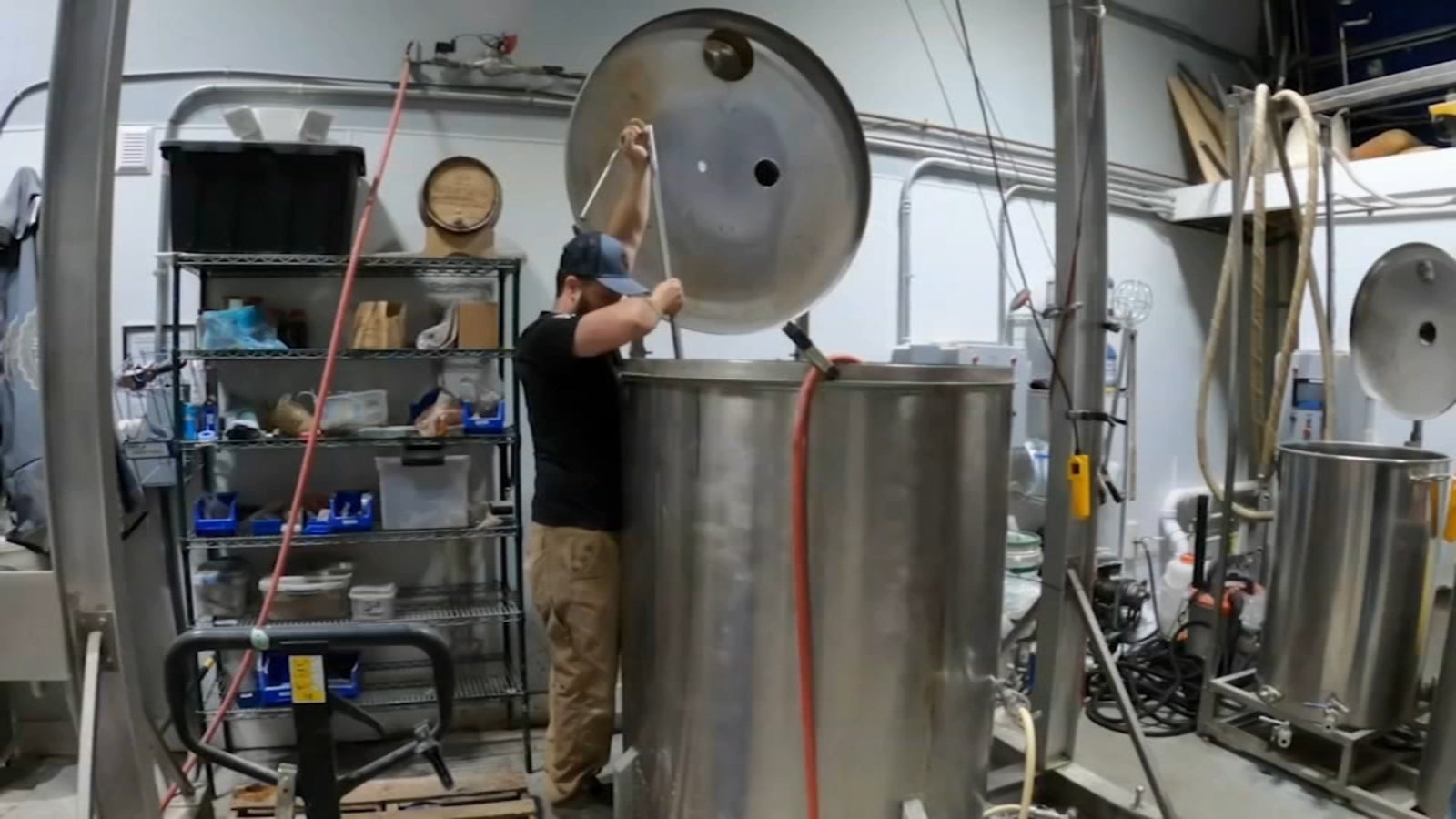The Ultimate Distillery Experience: From Grain to Glass, Everything You Required to Know
Embarking on a trip via the complexities of the distillery process introduces a globe where science fulfills virtuosity in the creation of spirits. From the cautious option of grains to the meticulous crafting of each bottle, every step in the manufacturing line plays an essential function in forming the last product that graces our glasses.
The Art of Grain Choice
Choosing the excellent grains is a crucial step in the distillation process, figuring out the taste account and top quality of the last product. The sort of grain chosen considerably influences the character of the spirit being produced - Galveston Liquor. Typical grains utilized in distillation include barley, wheat, corn, and rye, each conveying distinctive flavors and characteristics to the end product

Beyond taste factors to consider, the top quality and purity of the grains are vital. Distillers diligently resource grains to ensure they are without pollutants and have the needed starch web content for fermentation. By understanding the art of grain option, distillers lay the foundation for creating extraordinary spirits that mesmerize the taste.
Purification Refine Demystified
Having actually established the structure with meticulous grain choice, the purification process emerges as the transformative phase where the essence of the selected grains is opened and refined into a perky form. The process does not finish there; several purification runs or additional actions such as maturing in barrels may even more refine the spirit, improving its taste, intricacy, and character. Comprehending the details of the distillation process is vital for creating high-grade spirits that captivate enthusiasts and lovers alike.
Barrel Aging and Taste Growth
Throughout the barrel aging procedure, spirits go through a transformative journey as they engage with the timber, taking in nuanced flavors and developing an abundant intricacy. As spirits age in the barrels, they draw out compounds such as vanillin, lignin, and tannins from the wood, adding to the growth of aromas like vanilla, caramel, seasoning, and also hints of toasted oak.
Furthermore, the aging process enables oxidation to happen, resulting in further chain reaction that mellow the spirit and complete any kind of extreme edges. The permeable nature of timber also enables the spirit to take a breath, assisting in the combination of flavors over Full Article time. Relying on the period of aging and environmental problems like temperature and moisture, spirits can obtain different features, from subtle wood notes to deep, complicated flavors that make each set unique. Inevitably, barrel aging plays an essential role in forming the distinct preference profile of each spirit, providing a sensorial journey for connoisseurs to appreciate.
Craftsmanship in Bottling and Classifying
As spirits reach their optimal flavor accounts via barrel aging, the precise workmanship in labeling and bottling straight from the source ends up being the following crucial action in offering a premium item to consumers. The procedure of identifying and bottling is a vital aspect of the general distillery experience, as it is the last touchpoint prior to the item gets to the hands of consumers (Breweries in Galveston Texas). Craftsmanship in bottling includes making certain that each container is loaded precisely with the spirit, considering variables such as uniformity in fill levels and the prevention of any type of contaminations getting in the bottle
Tasting and Appreciating Great Spirits
To fully appreciate fine spirits, one should engage all the senses in a purposeful and mindful tasting experience. When tasting fine spirits, it is vital to begin by observing the spirit's look. Keep in mind the shade, clearness, and viscosity of the liquid in the glass. Swirl the spirit gently to release its aroma. The nose is a crucial sense in sampling spirits; take a minute to inhale the complicated fragrances deeply. Next, take a small sip and allow it stick around on your taste buds. Pay interest to the different flavors that unravel - from pleasant and fruity notes to spicy or great smoky touches. Think about the mouthfeel, noting if the spirit is smooth, velvety, or fiery. Swish the spirit in your mouth to fully experience its appearance and preference. Lastly, swallow gradually and value the lingering finish. Great spirits typically leave an enjoyable aftertaste that can reveal much more about the workmanship and high quality of the beverage. By engaging all your senses in this fashion, you can genuinely enjoy and value the complexities of great spirits.
Conclusion
To conclude, the distillery experience incorporates the elaborate art click to find out more of grain option, the accurate purification process, the transformative barrel aging, the careful craftsmanship in labeling and bottling, and the advanced technique of tasting and appreciating great spirits. Each step in the production procedure plays an essential duty in creating top notch spirits that captivate the senses and joy connoisseurs worldwide.
The type of grain selected considerably influences the personality of the spirit being created. By mastering the art of grain choice, distillers lay the structure for creating outstanding spirits that astound the palate.

Comments on “Galveston Liquor: Your Guide to the Finest Spirits and More”